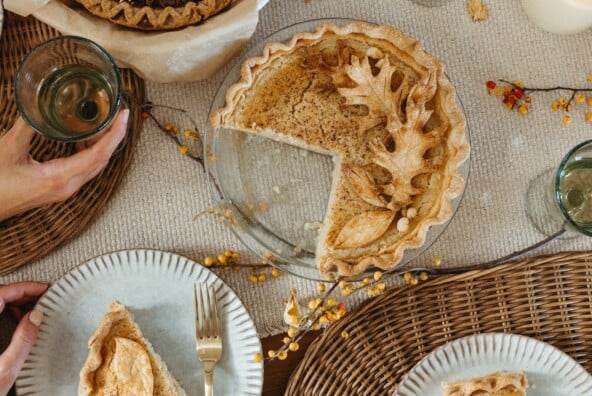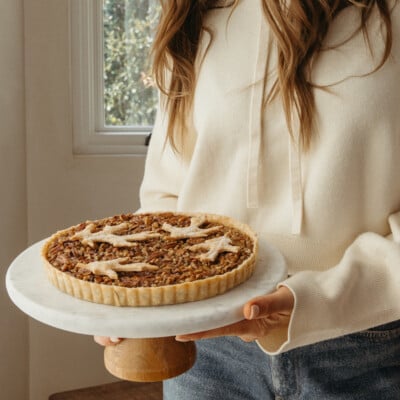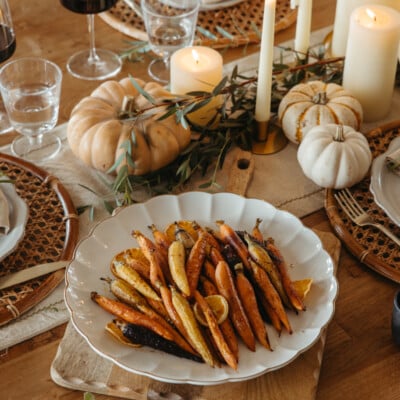We have two cast iron skillets in our home — a big one and a small one — and I’ll admit that even as someone who feels comfortable around a kitchen, this one cooking tool has intimidated me for years. Something about how heavy they are combined with their special cleaning needs has always just turned me off.
Meanwhile, my husband wields the cast irons with ease, tossing them from the stovetop into the oven, out to the smoker grill and back.
I know there’s an untapped world of cooking adventures to be had if I’d just embrace the cast iron skillet — the image of buttermilk biscuits keeps coming to mind — so I’ve set out to answer all my own questions about the kitchen must-have.
featured image by Julia Gartland
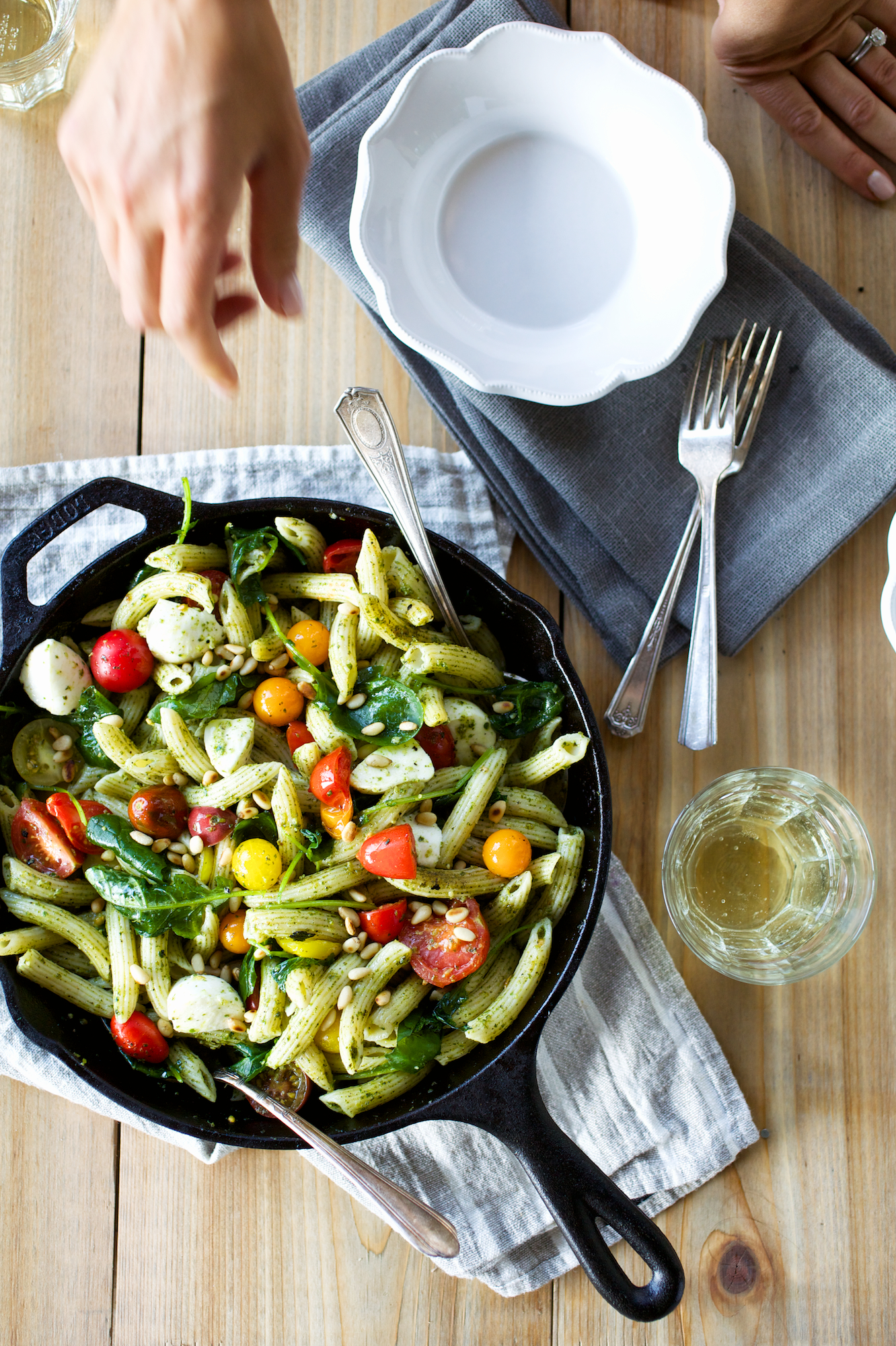 photo by Kate LeSueur
photo by Kate LeSueur
Why cast iron?
It lasts a lifetime. There’s a reason that cast iron cookware has been popular since the late 19th Century — they’re made to last at least that long! These babies are virtually indestructible, and any rust that they collect can be easily removed.
It’s versatile. Use cast iron skillets over a campfire flame or in your home kitchen. Transfer it directly from your stovetop to your oven. The versatility of cast iron makes it perfect for searing steaks on the burner and finishing it in the oven.
Steady heat. Cast iron is slow to heat, but it retains that heat and distributes it evenly throughout the pan. That’ll give you a more even cook than an aluminum pan.
It’s naturally non-stick. Below I’ll talk about seasoning your cast iron skillet, which not only acts as a method of preserving it, but also a natural non-stick coating. Way better than teflon!
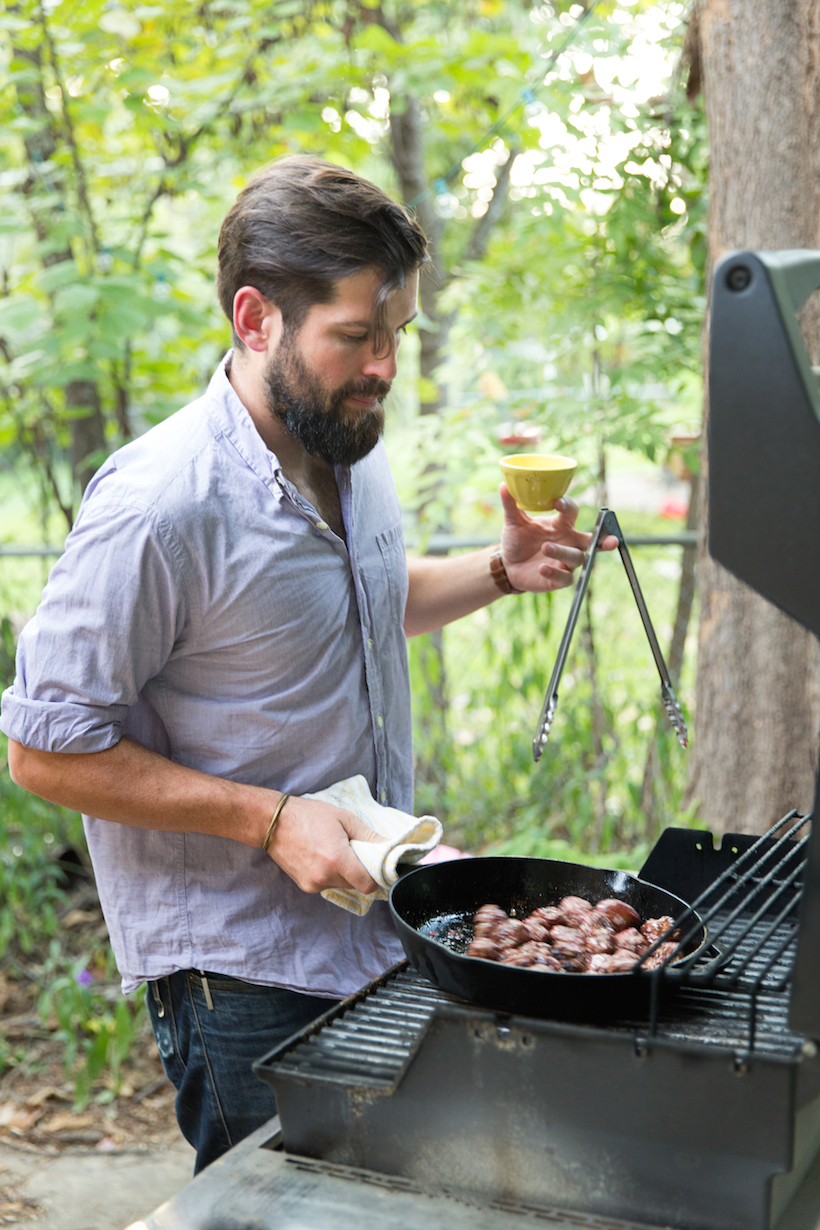 photo by Molly Winters Culver
photo by Molly Winters Culver
How to season it.
“Seasoning” your cast iron skillet is necessary to preserve its luster and maintain a non-stick coating, as well as keeping it rust-free. It’s easier than it sounds… here’s a step-by-step according to Southern Living:
- Scrub skillet well in hot soapy water.
- Dry thoroughly.
- Spread a thin layer of melted shortening or vegetable oil over the skillet.
- Place it upside down on a middle oven rack at 375°. (Place foil on a lower rack to catch drips.)
- Bake 1 hour; let cool in the oven.
Each time you heat oil in the pan to cook, that luster is reinforced. So seasoning can take place frequently, or just when your skillet needs a little pick-me-up.
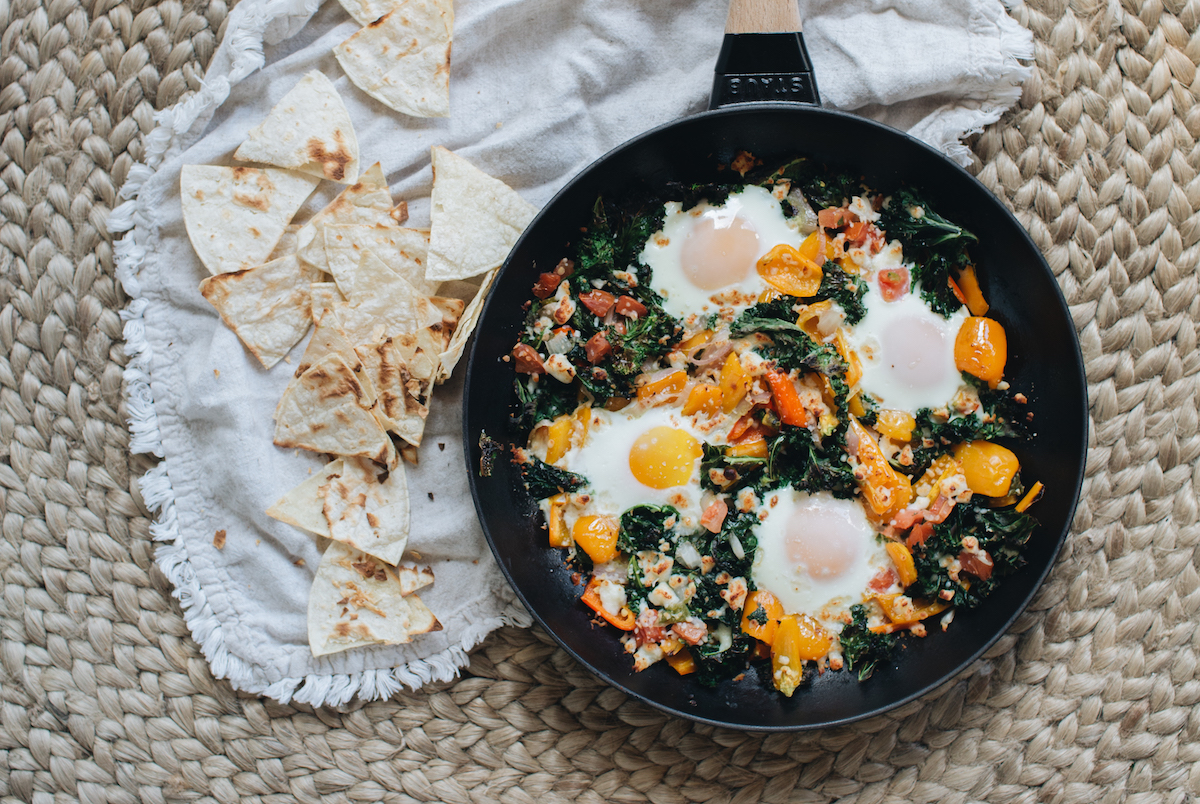 photo by Kate Zimmerman Turpin
photo by Kate Zimmerman Turpin
How to cook with it.
Cast iron skillets are ideal for cooking meats and baking, and because they can withstand high heat, you can deep fry in cast irons as well. Here are a few recipes to kick-start your cast iron adventures:
- Cast Iron Chocolate Chip Cookies
- Skillet Chicken Thighs with Cabbage and Quinoa
- Bite Size Lamb Meatballs
- Mexican Bakes Eggs
- Espresso Chocolate Chunk Skillet Brownies
- Pesto & Goat Cheese Frittata
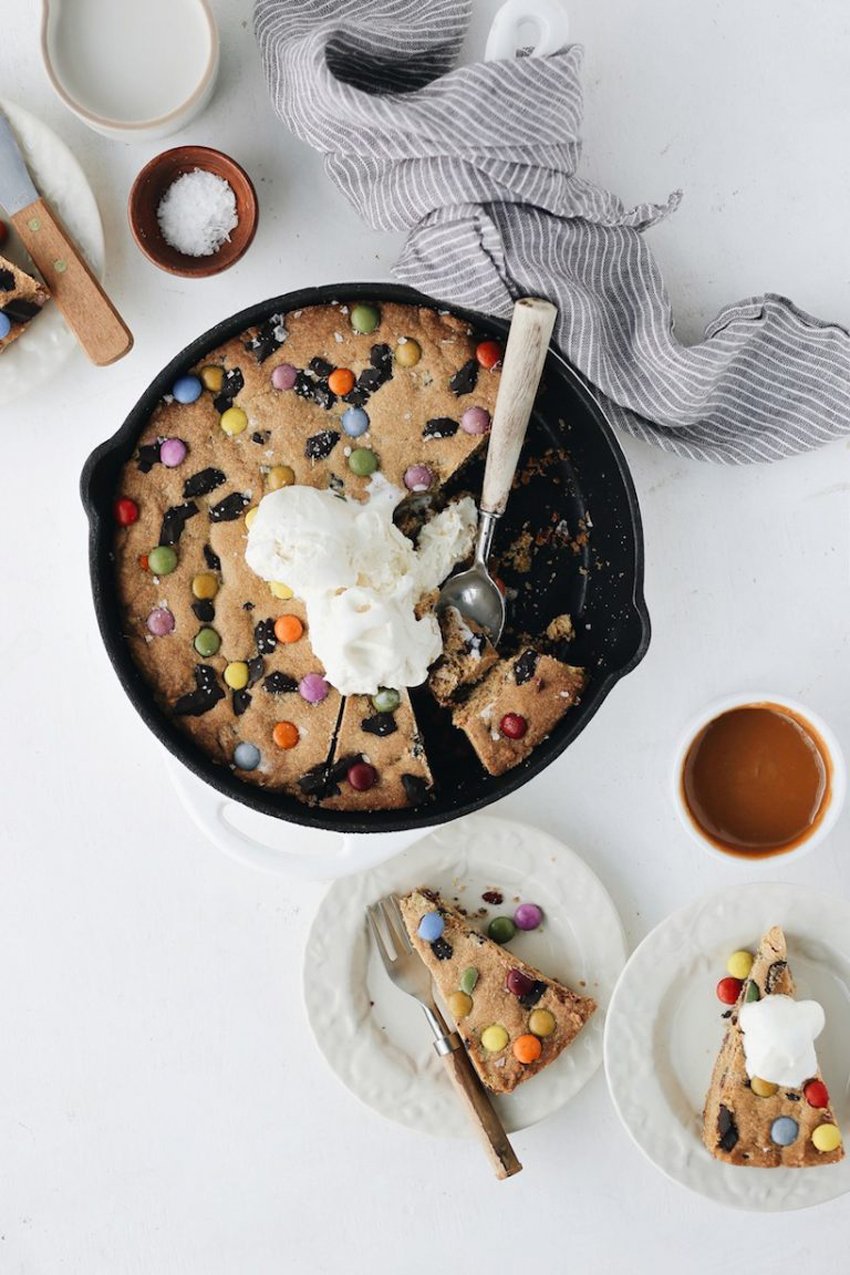 photo by Suruchi Avasti
photo by Suruchi Avasti
How to maintain it.
After each time you use your cast iron, wash it with warm water, soap, and a sponge. The important thing is to make sure to dry it completely before storing it, as any moisture will create rust on the surface of the iron. Before storing it, give the pan another coat of oil, and if stacking multiple, place a paper towel between each.



